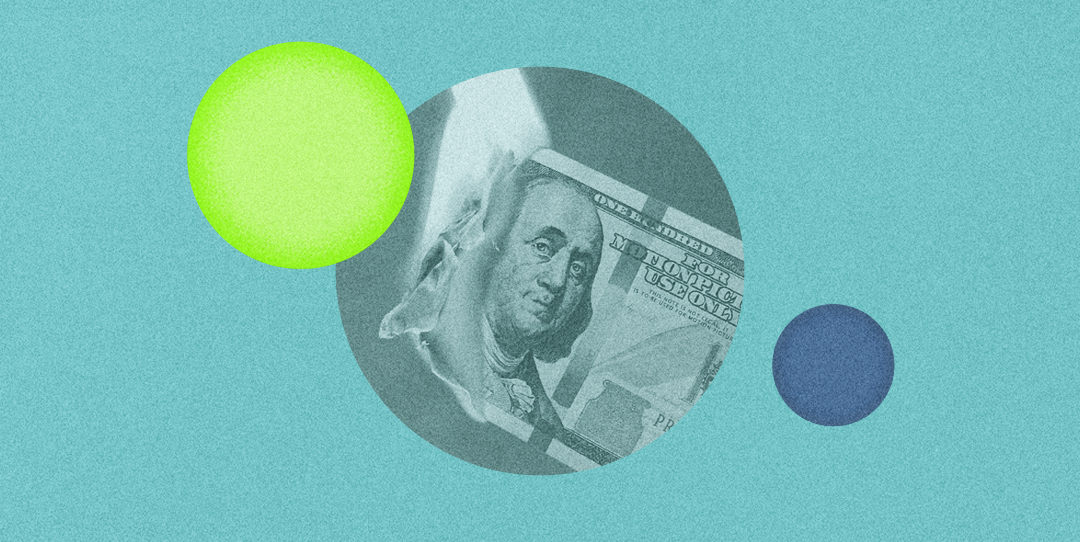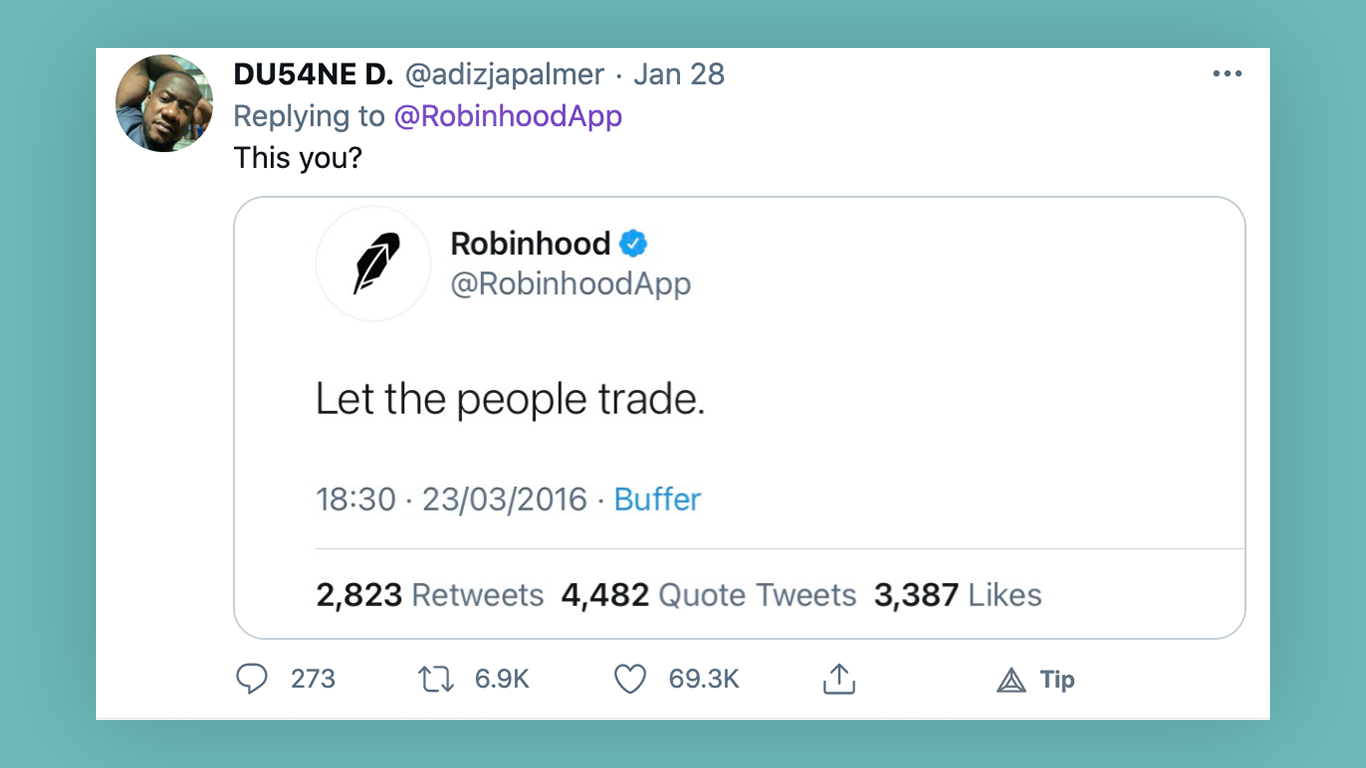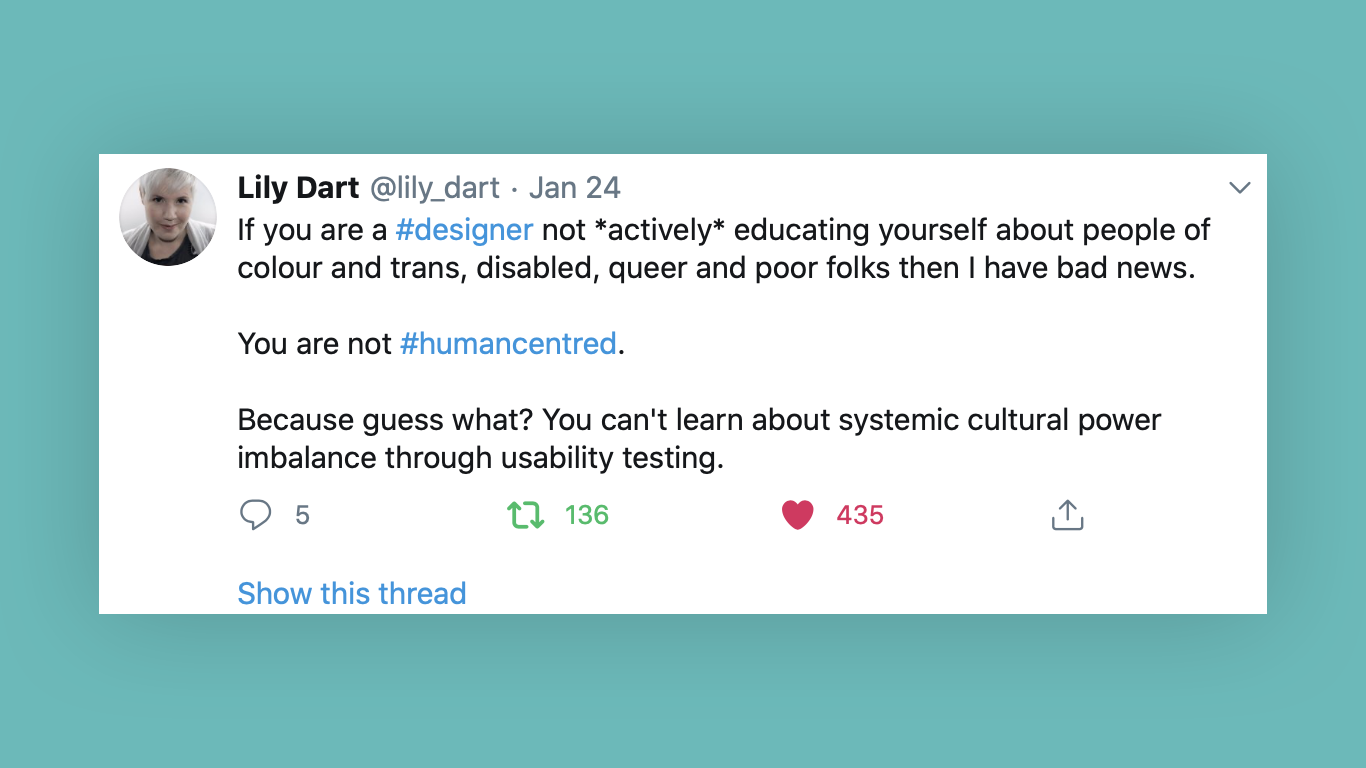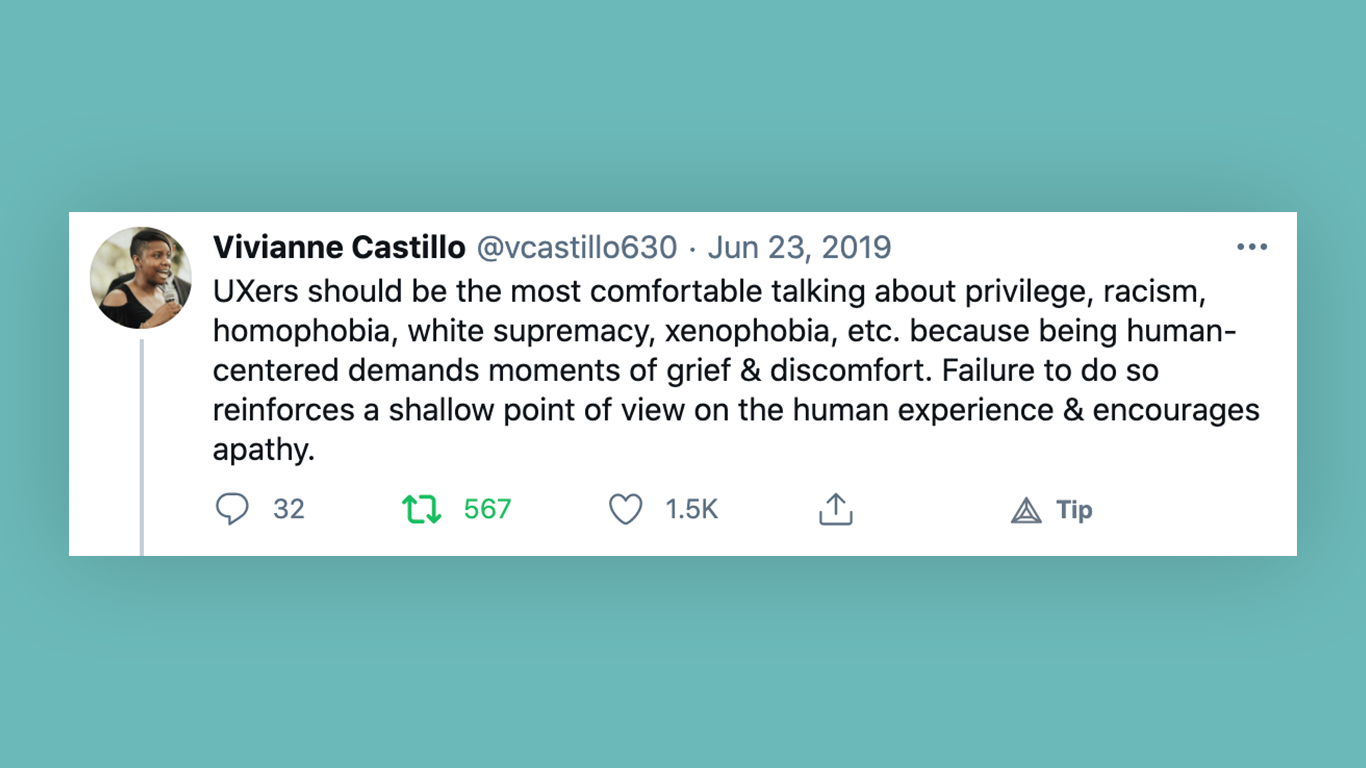Robinhood App Error Handling Design
Robinhood app: What we're doing isn't human-centered — it's business-centered design
The term 'human-centered' does not apply anymore.
![]()

M any of us on social media got to witness Robinhood abandoning its brand message AND its users to protect the hedge funds and the rich. This situation, while perhaps shocking to some, is not at all surprising to those of us who were watching the collapse of ethics in the tech industry closely.
The time has come to face that with the way we do things in tech, the term 'human-centered' does not apply.
The product that boasted " d emocratising investment" bailed on its users to make sure it doesn't turn away potential investors before IPO. At that point, all the design practices considered to be 'user-centered' and 'human-centered' that the app itself implements ceased to matter.
No matter how intuitive and well-designed Robinhood's interface and interactions are, how friendly the voice and tone of its content, how well researched the needs of its audience — it has failed all of its users.

That's because all of the above:
- great interaction design,
- great UI design,
- great content strategy,
- great UX research & more,
— are not what makes truly human-centered design.
We see how all of these things can be implemented well and the product STILL fails its users and the society at large in a very fundamental way, because instead of protecting the interests of its users it chooses to protect the interests of the business.
That's all our design truly is: business-centered. Not human-centered.
Business-centered vs. Human-centered
Let me further stress this: if our products don't put the interests of humans (and I mean all humans) above the interests of business, our products are not human-centered. Simple as that.
The fact that the UI of your app is clean and pretty means nothing in terms of being truly human-centered. The fact that you have a very thorough and robust design system means nothing either. Neither does the ease with which the users can navigate your app. Don't even get me started on 'delight'.
If a product has the potential to turn around and harm both its user as an individual & the society at large in a very fundamental way, all of the 'good' design practices might not even be there.
Choosing profit over humans will always end up in business-centered design.
Human-centred design has to do what it claims to do: put humans first. That means putting the users of your product first, but also putting non-users who might be impacted by your product first, as well as the society that all those humans live in, and the planet they occupy.
This means several things for us, the designers.
I. We need to be radically inclusive and actively antiracist
Radical inclusion means making sure our products make space for people of all races, gender identities, sexual orientations, abilities, nationalities, levels of income. It means always educating ourselves about things that are outside of our personal experience, about systemic injustices and global issues.

On the other hand, radical inclusion means making sure people from underrepresented groups have decision-making power in our design process. That they are included not only as participants in user interviews and usability tests, but as members of design and management teams.
Prioritising inclusion also means that true human-centered design has to be actively anti-racist, and that in turn means that it has to be abolitionist, because all capitalism is racial capitalism, and racial capitalism is built on mass incarceration. I use 'abolition' in a broader sense here, as Ruth Gilmore Wilson describes it: abolition that aims to remove conditions that lead to structural injustice, that in turn lead to mass incarceration.
"Abolition seeks to undo the way of thinking and doing things that sees prison and punishment as solutions for all kinds of social, economic, political, behavioural and interpersonal problems. Abolition though is not simply decarceration (put everybody out on the street), it is reorganising how we live our lives together in the world."
— Ruth Gilmore Wilson
Another important aspect of inclusion is, of course, accessibility. Too often conversations about accessibility on the business side are phrased in terms of legal compliance. But accessibility should be a goal in itself. If we're building something, everyone should be able to use it, perceive it, understand it. Otherwise, we are engaging in politics of exclusion.
Which leads me to the second principle of true human-centered design:
II. We have to get political
Amongst other things, human-centered design has to admit to being political, because all design is inherently political. We've seen it many times in the past, and we see it again with the Robinhood example above: tech products and the way they are designed have a very real impact on our economy, society, environment. "Tech is NOT neutral nor is it apolitical", as is one of the guiding principles of #causeascene / #AntiracistEconomist by Kim Crayton.
We need to get as comfortable talking about politics in our design teams as we are talking about prototyping and roadmaps.

If we choose to ignore the political aspect of design, it means our design only serves the existing political system and those in power. It means all we are doing is designing for the privileged and protecting the interests of the business & the rich, while leaving the rest of society to deal with potential consequences of our choices. There's nothing human-centered about that. It's time we as an industry face that.
Speaking of potential consequences of our choices:
III. We should focus on harm reduction
We need to ensure harm reduction for our users. This means focusing not only on the ways our product might be used, but also on the ways it might be misused, disused, or abused.
On the other hand, harm reduction means putting conscious effort into avoiding negative externalities and the harmful impact our products might have on non-users and the society/the environment.
Anywhere from AirBNB ruining neighbourhoods for locals who are neither hosts nor visitors to Facebook aiding a genocide in Myanmar or influencing the 2016 US Presidential election results, tech companies have historically sucked the most at this aspect of true human-centered design.
For practical ways and ideas on how to to approach harm reduction & negative externalities and work against those issues in product design, I can't recommend 'Future Ethics' by Cennydd Bowles enough.
"Externalities have been a sticky problem throughout the history of industry. A selfish, short-term focus has tempted many companies to harm their ecologies and futures. There's evidence, for example, that Exxon knew of CO2's potential climate threat in 1977, but kept it quiet, preferring that society pay the cost. Externalities also arise as a side effect of user-centred design. Focusing on fulfilling the goals and dreams of an individual user has caused tech companies to overlook impacts on non-users and wider society."
— 'Future Ethics' by Cennydd Bowles
Harm reduction should be the first priority, not an after-thought in our design process.
Things you can do today
If we aim to achieve one thing today on our journey to true human-centered design, let it be acceptance. Let's accept that what we're doing is business-centered design, and not sugarcoat it.
We as tech professionals, and especially UX professionals, are helping our users only on a very shallow, surface level. Most of what our design achieves today is aiding users in terms of convenience and comfort, but not in terms of actively making their lives better in a real, fundamental way. And it's time to own up to that and not romanticise our profession.
Another, more practical thing each one of you reading this article can do right now is to go and follow people who are speaking out about all the ways in which tech harms and abandons the very people it claims to serve, and all the ways in which it can and should do better:
- Tatiana Mac
- Kim Crayton
- Vivianne Castillo
- Cennydd Bowles
- Maxine Morris
- Marco Rogers
- Sara Wachter-Boettcher
- Laura Kalbag
- Lily Dart
- EJ Mason
- Safiya Umoja
- Erica Joy
- Zach Grosser
I'm sure there are many others whose name should be on this list; please help me expand it by adding your suggestions in the comments.
Robinhood App Error Handling Design
Source: https://uxdesign.cc/robinhood-app-what-were-doing-isn-t-human-centered-it-s-business-centered-design-bf96193314d9
Posted by: hannahofue1976.blogspot.com

0 Response to "Robinhood App Error Handling Design"
Post a Comment